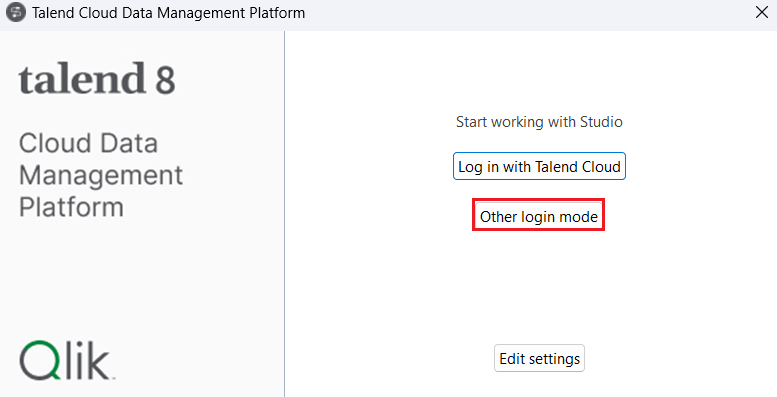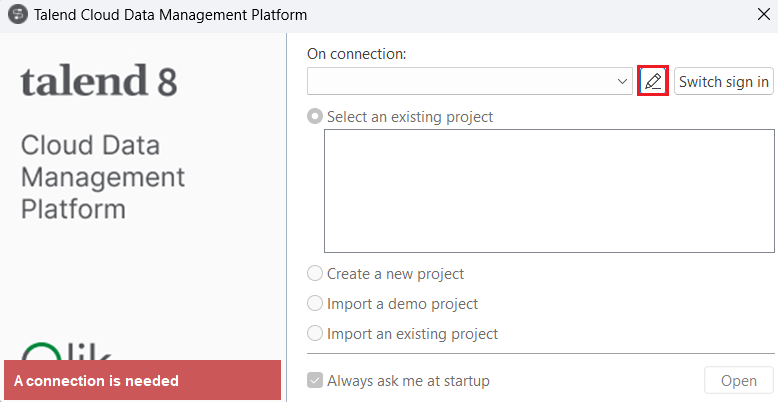Discover how a bimodal integration strategy can address the major data management challenges facing your organization today.
Get the Report →Connect to LDAP Objects and Transfer Data in Talend
Integrate LDAP objects with standard components and data source configuration wizards in Talend Open Studio.
This article shows how you can easily integrate the CData JDBC driver for LDAP into your workflow in Talend. This article uses the CData JDBC Driver for LDAP to transfer LDAP objects in a job flow in Talend.
Connect to LDAP in Talend as a JDBC Data Source
You can follow the procedure below to establish a JDBC connection to LDAP:
- Add a new database connection to LDAP objects: To add a new connection, expand the Metadata node, right-click the Db Connections node, and then click Create Connection.
- In the resulting wizard, enter a name for the connection.
On the next page, select Generic JDBC from the DB Type menu and enter the JDBC URL.
To establish a connection, the following properties under the Authentication section must be provided:
- Valid User and Password credentials (e.g., Domain\BobF or cn=Bob F,ou=Employees,dc=Domain).
- Server information, including the IP or host name of the Server, as well as the Port.
BaseDN: This will limit the scope of LDAP searches to the height of the distinguished name provided.
Note: Specifying a narrow BaseDN may greatly increase performance; for example, cn=users,dc=domain will only return results contained within cn=users and its children.
Built-in Connection String Designer
For assistance in constructing the JDBC URL, use the connection string designer built into the LDAP JDBC Driver. Either double-click the JAR file or execute the jar file from the command-line.
java -jar cdata.jdbc.ldap.jarFill in the connection properties and copy the connection string to the clipboard.
![Using the built-in connection string designer to generate a JDBC URL (Salesforce is shown.)]()
A typical JDBC URL is below:
jdbc:ldap:User=Domain\BobF;Password=bob123456;Server=10.0.1.1;Port=389;- Enter the path to the cdata.jdbc.ldap.jar file, located in the lib subfolder of the installation directory.
![The connection to the JDBC data source. (QuickBooks is shown.)]()
- Right-click the connection and then click Retrieve Schema.
- Click Next with the default options to select the tables you want to import.
- Finish the wizard with the default options.
Output the User Table to a Flat File
You can follow the procedure below to transfer the User table to a flat file output component:
- In the Table Schemas node, drag the tables to the workspace.
- In the dialog that is displayed, select the tJDBCInput component.
- Next, drag a tFileOutputDelimited component from the Business Intelligence tab of the Palette into the workspace.
- Right-click the User tJDBCInput component and drag a vector to the output file.
![A simple transfer to a flat file. (QuickBooks is shown.)]()
Run the project to transfer the data.









